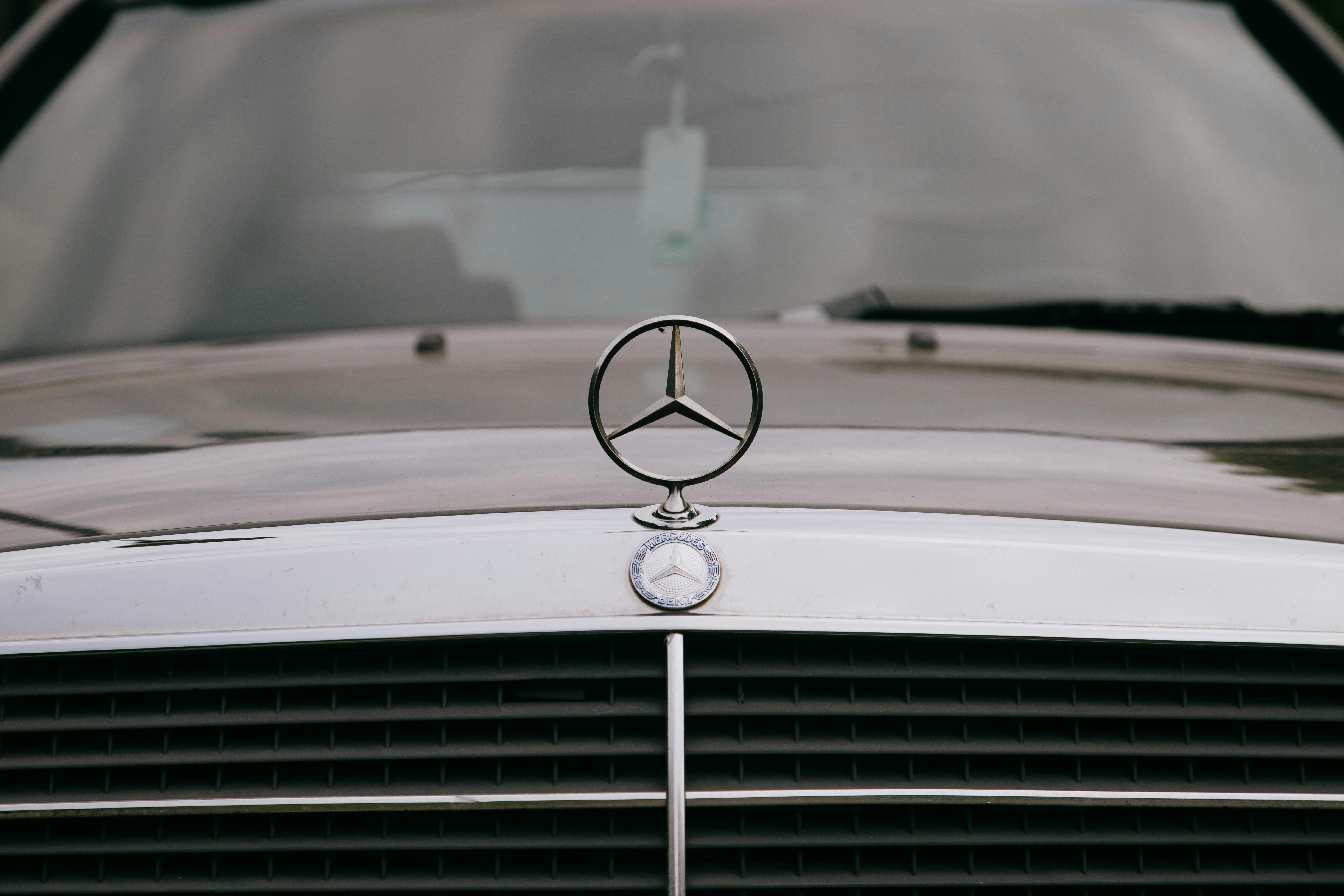When it comes to high-performance engine upgrades, the goal is to get as much engine power as possible while maintaining or increasing engine efficiency. One upgrade that will increase engine power is a supercharger. Superchargers are basically air compressors that force compressed oxygen into the air inlet of a combustion engine. The added oxygen burns more fuel per engine cycle, which in turn increases power output. Superchargers are mechanically driven by the engine crankshaft through a belt, gear, chain or shaft or by axial or radial gas turbines. There are two main types of superchargers that are added to high-performance engines; Positive and dynamic displacement.
The difference between the two types of superchargers is in the air compression method. The first type is positive displacement. Positive displacement superchargers deliver pressure at a constant, nearly fixed rate at all speeds and are typically mechanically operated. The air is divided inside the supercharger and is gradually deposited in the engine. Positive displacement superchargers have four main types of pumps; Roots, Lysholm twin screw, sliding vane and scroll or G-Lader supercharger. The pumps further break down into internal and external compression pumps.
Roots superchargers have external compression pumps. These pumps allow the pressure in the intake manifold to exceed the pressure coming from the supercharger, causing the pressure to flow into the supercharger. The backflow pressure is what compresses the energy of the gas. These pumps are not as efficient as internal compression, but they are efficient at moving air at low pressure differentials.
The other types of positive displacement pumps use internal compression to some degree. Internal compression pumps compress the air within the supercharger and gently deposit it into the engine with a fixed compression ratio. The compression ratio should favor the supercharger because if the boost pressure of the engine exceeds the compression pressure of the supercharger, backflow will occur which reduces the efficiency of the engine. Internal compression superchargers must match or exceed engine pressure for maximum efficiency.
The other type of superchargers are dynamic compressors. Unlike positive displacement superchargers, dynamic compressors deliver higher pressure at higher speeds and are typically powered by gas turbines. They excite the air at a high rate and exchange speed with the motor for air pressure. Therefore, the more pressure inside the engine, the more air speed the supercharger will produce to exchange with the engine.
Superchargers and turbochargers work to increase an engine’s power output, but they work differently. The main difference is that superchargers work directly with the engine, while turbochargers work with the exhaust from the engine. Turbochargers can gain more power and greater fuel efficiency than superchargers, but superchargers have greater throttle response and can reach top speeds faster. This is because turbochargers are powered by the exhaust, which is initially not strong enough to drive a turbocharger until it reaches high RPM. When the exhaust is strong enough to start the turbocharger, the boost causes even more exhaust to give the turbocharger more power, causing a sudden increase in speed and power output after a slow start. Turbochargers do not apply a boost in proportion to RPM like superchargers.
Adding a supercharger to a high-performance engine is a good way to increase its power output. The engine-driven nature of the supercharger allows it to reach top speed faster and smoother than a turbocharger. Superchargers also work more efficiently when they have a higher pressure ratio than that of the engine. Talk to an aftermarket automotive technician about the best way to upgrade your high-performance engine with a supercharger.




